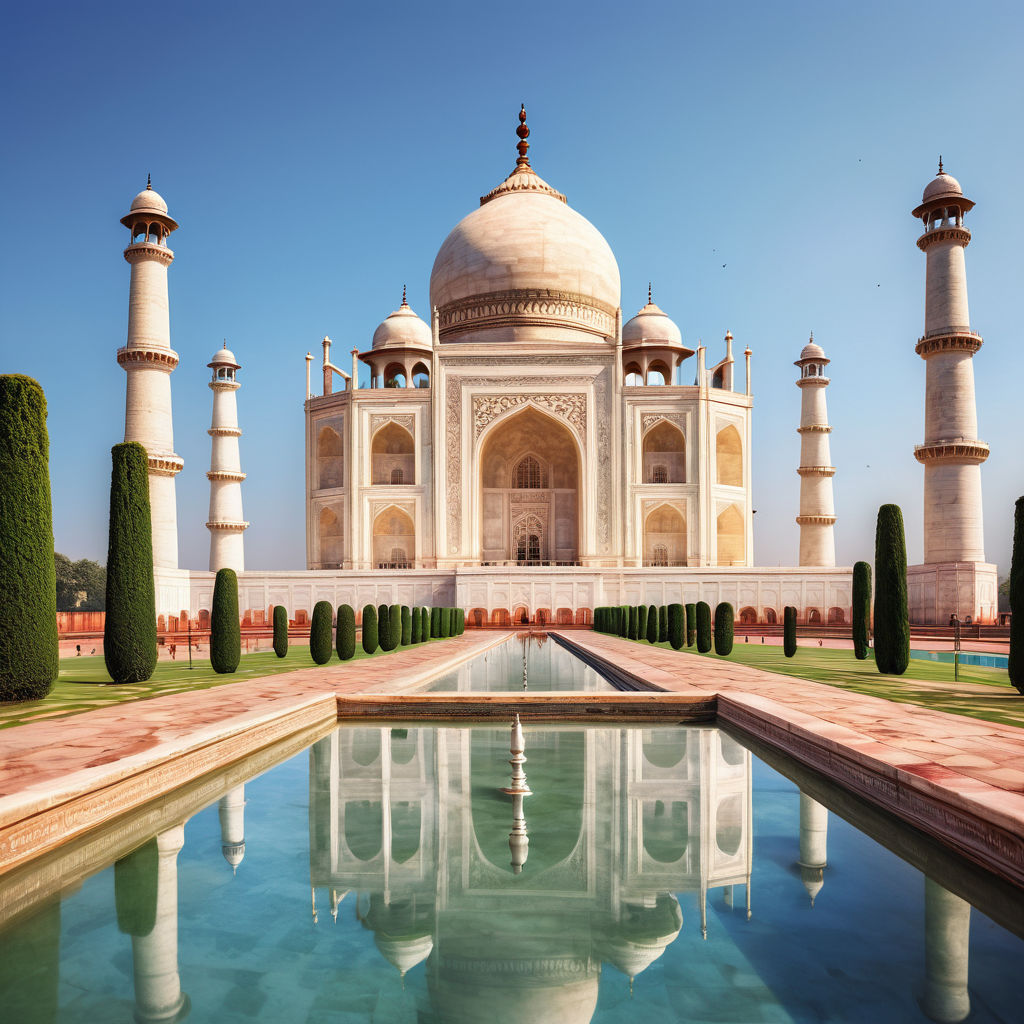Discover India: Cultural Heritage, Cross-cultural Engagement, and Social Dynamics
Exploring India's Diversity, International Partnerships, and Social Interactions

Introduction to India
India, located in South Asia, is the seventh-largest country by land area and the second-most populous country in the world. It is bordered by Pakistan to the northwest, China and Nepal to the north, Bhutan to the northeast, and Bangladesh and Myanmar to the east. To the south, it is bounded by the Indian Ocean. Major cities include New Delhi (the capital), Mumbai (the financial hub), Bangalore (the tech city), Chennai, Kolkata, and Hyderabad. India's rich cultural heritage is characterized by its diversity in languages, religions, and traditions, with significant contributions to art, music, dance, and cuisine.
Cross-national and Cross-cultural Understanding
Indians generally perceive and engage with other cultures with curiosity and respect. The country's historical position as a crossroads for trade and its colonial past have shaped a society that values cultural diversity. India actively promotes cross-cultural understanding through various cultural exchanges, educational programs, and international partnerships. One of the significant initiatives is the Indian Council for Cultural Relations (ICCR), which promotes cultural exchange and cooperation between India and other countries. The ICCR organizes cultural festivals, exhibitions, and academic exchanges that help build cross-cultural understanding. Additionally, India's educational institutions attract a significant number of international students through scholarships and exchange programs, fostering an environment of mutual learning and respect.
Interactions and Social Dynamics
Interactions between Indians and foreigners are generally warm and welcoming. Hospitality is a cornerstone of Indian culture, with the concept of "Atithi Devo Bhava" (Guest is God) deeply ingrained in societal norms. Social behaviors are often guided by respect and politeness, and it is common for Indians to go out of their way to make guests feel comfortable. Communication styles in India can vary significantly depending on the region and the context. While there is a tendency towards indirectness and politeness, especially in formal settings, Indians can also be quite expressive and direct in informal environments. Non-verbal communication, such as gestures and body language, plays an essential role in interactions. Multilingualism is a notable feature of Indian society. Hindi and English are the official languages, but there are 21 other officially recognized languages and numerous regional dialects. This linguistic diversity facilitates communication with foreigners, particularly in urban areas where English is widely spoken.
Views on Dating and Relationships
Dating and relationships between Indians and foreigners are becoming increasingly common, especially among urban youth. However, societal views on such relationships can vary widely. While younger generations in metropolitan areas are more open to cross-cultural relationships, traditional values still hold significant influence in more conservative and rural areas. Cultural expectations and traditions can impact dating dynamics. Indian society places a high value on family approval and social harmony. Dating is often seen as a precursor to marriage, and relationships are usually pursued with long-term commitment in mind. Respecting cultural norms and familial expectations is crucial in Indian dating culture.
Marriage and Family
Marrying foreigners is becoming more accepted in India, although it still comes with certain social and familial considerations. Legally, cross-cultural marriages are straightforward, governed by the Special Marriage Act, which facilitates civil unions regardless of religious or cultural background. Socially, families may have initial reservations about cross-cultural marriages due to concerns about cultural differences and social compatibility. However, acceptance generally grows as the relationship develops and families get to know the foreign partner. Family plays a central role in Indian culture, and marrying into an Indian family often involves adapting to family-oriented traditions and obligations. Common practices in cross-cultural marriages include celebrating both Indian and foreign traditions, creating a blended cultural environment. For example, it is not uncommon for a couple to have both a traditional Indian wedding ceremony and a ceremony that reflects the foreign partner's cultural background.